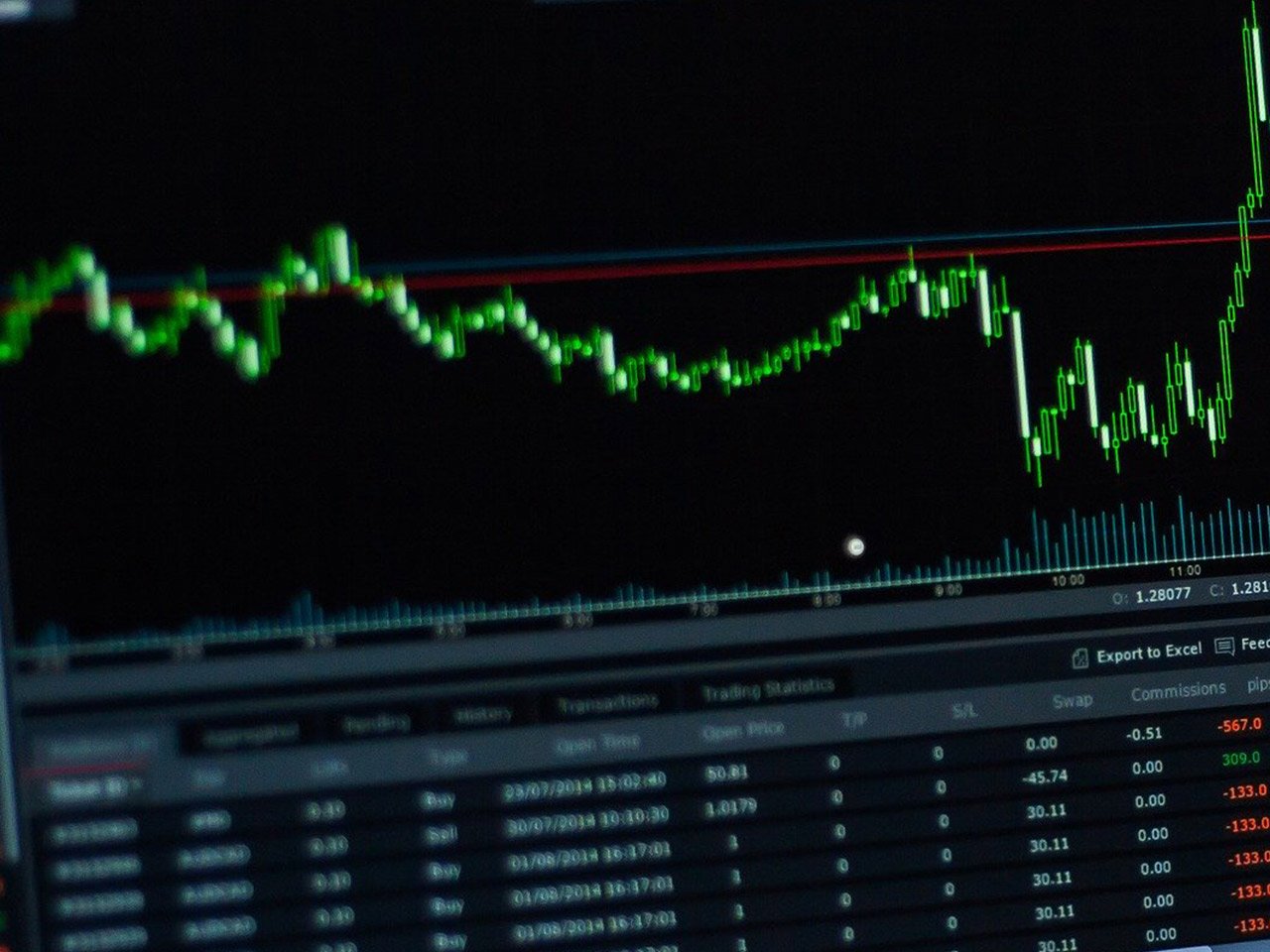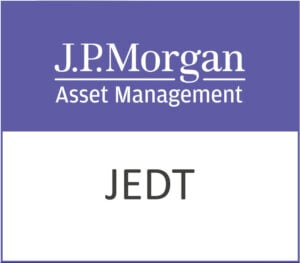Aston Martin Lagonda Global Holdings plc (AML.L), a storied name in the luxury automotive sector, continues to captivate investors with its blend of heritage and modern innovation. Based in Gaydon, United Kingdom, the company is famed for its high-end sports cars and has a rich legacy dating back to its founding in 1913. Despite its historical prowess, the current financial landscape presents a mixed bag of challenges and opportunities for investors.
Trading on the London Stock Exchange, Aston Martin is part of the Consumer Cyclical sector, specifically within the Auto Manufacturers industry. With a market capitalisation of approximately $799.57 million, the brand’s financial metrics reveal significant hurdles. The current share price is 79.1 GBp, marking a modest dip of 0.01%, yet it sits comfortably above its 52-week low of 59.85 GBp, albeit far from the high of 169.00 GBp. This volatility reflects the broader challenges and investor sentiment surrounding the luxury car market.
The company’s valuation metrics underscore the financial strains it faces. The absence of a trailing P/E ratio, coupled with a staggering forward P/E of -968.29, signals the market’s anticipation of continued earnings challenges. While the Price/Book and Price/Sales ratios are unavailable, these gaps in data further highlight the need for potential investors to tread cautiously.
Performance metrics paint a concerning picture, with revenue growth declining by 12.60%. The reported earnings per share (EPS) of -0.31 indicates ongoing profitability issues, and the lack of return on equity data further exacerbates investor uncertainty. Aston Martin’s lack of free cash flow data might be a red flag for some, but it also presents an opportunity for improvement if the company can successfully navigate its current challenges.
Dividend-seeking investors might be disappointed, as Aston Martin does not currently offer a dividend yield. The payout ratio stands at 0.00%, aligning with the company’s focus on reinvestment and restructuring efforts rather than shareholder returns in the form of dividends.
Analyst sentiment offers a nuanced perspective. Out of the available ratings, two analysts advocate a ‘Buy’, while seven recommend holding the stock, and none suggest selling. The target price range of 70.00 to 120.00 GBp provides a potential upside of 13.22%, reflecting cautious optimism about the company’s future trajectory.
Technical indicators offer some insight into the stock’s momentum. The 50-day moving average of 72.68 GBp suggests a short-term upward trend, while the 200-day moving average of 109.28 GBp highlights longer-term challenges. The relative strength index (RSI) of 62.38 indicates that the stock is nearing overbought territory, which could prompt a re-evaluation by technical traders. The MACD and signal line readings suggest a positive trend, though investors should monitor these closely for shifts in momentum.
Aston Martin’s commitment to luxury and performance, coupled with its global brand recognition, remains a compelling aspect of its investment appeal. The company’s engagement in innovative engineering and motorsport activities continues to bolster its brand presence across diverse markets. As Aston Martin manoeuvres through its current financial landscape, investors will be keenly watching its strategic initiatives aimed at revitalising growth and profitability. For those with a penchant for luxury brands and an eye on long-term potential, Aston Martin remains a company to watch closely.










































